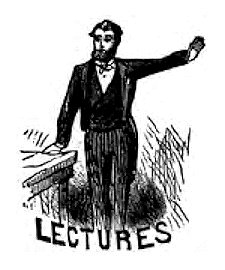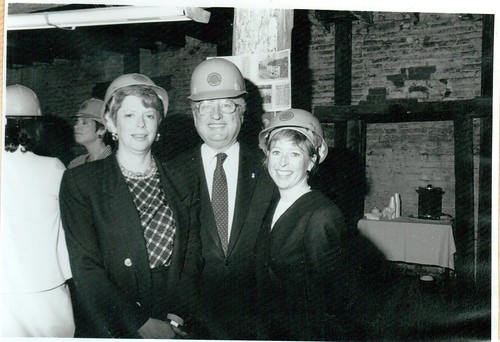The following is PHW’s position on the upcoming appeal of a vinyl window installation without a Certificate of Appropriateness. This event is scheduled as a public hearing for September 22 at the regular Winchester City Council meeting, which begins at 6 PM in Rouss City Hall.
I write on behalf of Preservation of Historic Winchester in support of the Board of Architectural Review’s decision to replace the vinyl windows installed without a Certificate of Appropriateness (COA) over a two-year span with appropriate wooden windows at 210 South Washington Street.
A review of the sequence of events shows the following. First, the applicant for Sleepy Creek Renovations, LLC of Hedgesville, WV, says he was unaware of the existence of the Winchester Historic District and the BAR at the time of his purchase of the property. It is ultimately the responsibility of the owner to determine any restrictions due to the property’s zoning, which in this case included Winchester’s Historic District overlay. This lack of research is not a failure of the Board of Architectural Review.
Second, all property owners in the Historic District are required to receive a COA for exterior changes visible from a public street, which includes many semi-private alleys. The BAR members carefully and deliberately went through each window location at 210 South Washington Street with the applicant, ascertaining the visibility from the public right of ways and the material of the removed windows, to determine which vinyl windows were subject to their approval before making their decision. In this case, all windows in question are in view from South Washington Street, undoubtedly one of the district’s most visible and highly traveled thoroughfares, lined with some of Winchester’s grandest homes. It would be an unfortunate precedent to overturn such a systematic application of their design guidelines. In effect, it would reward a stated lack of knowledge as an excuse not to be held to the same standards as his neighbors.
Third, as stated in point 6 of the Secretary of the Interior’s Standards for Rehabilitation, reprinted in chapter one of the Winchester design guidelines on page 13, “Deteriorated historic features will be repaired rather than replaced. Where the severity of deterioration requires replacement of a distinctive feature, the new feature will match the old in design, color, texture, and, where possible, materials. Replacement of missing features will be substantiated by documentary and physical evidence.” Wood windows with increased energy efficiency and maintenance-reducing factory finishes are still being manufactured today, are readily available, and have been used successfully in numerous projects throughout the Historic District. On the issue of vinyl replacement windows, the BAR has been consistent, and the design guidelines have been consistent, that they are not an appropriate replacement for existing wooden windows.
Fourth, we are very aware that this was a costly mistake. Although the BAR does not in general consider financial hardship during their review, they were extremely sympathetic in their ruling. In a move unprecedented in my ten years of observing BAR meetings, the applicant was allowed a two-year window to rectify the window replacement issue in stages to accommodate his financial situation. Everything the BAR could have done to reduce the strain on the homeowner and stay within their guidelines was done.
Considering the above facts, we urge the council to affirm the BAR’s decision. As a reminder, city staff and council are to apply the same guidelines when making decisions pertaining to the Historic District as the Board of Architectural Review, in accordance with Ordinance 14-9-1.3. In this case, the verdict is clear – the windows can be seen from a public right of way, were not of a “grandfathered” nonconforming material eligible for a like-for-like replacement, and the replacement material is still readily available. Combined with the extremely lenient two-year replacement schedule, it is the belief of Preservation of Historic Winchester that the BAR correctly and fairly interpreted both the spirit and letter of the Secretary of the Interior’s Standards for Rehabilitation and their own design guidelines in this case. These guidelines have served over the years to increase property values and the aesthetic charm of Winchester’s historic downtown and surrounding neighborhoods, which has made our town an attractive place to live and work.



